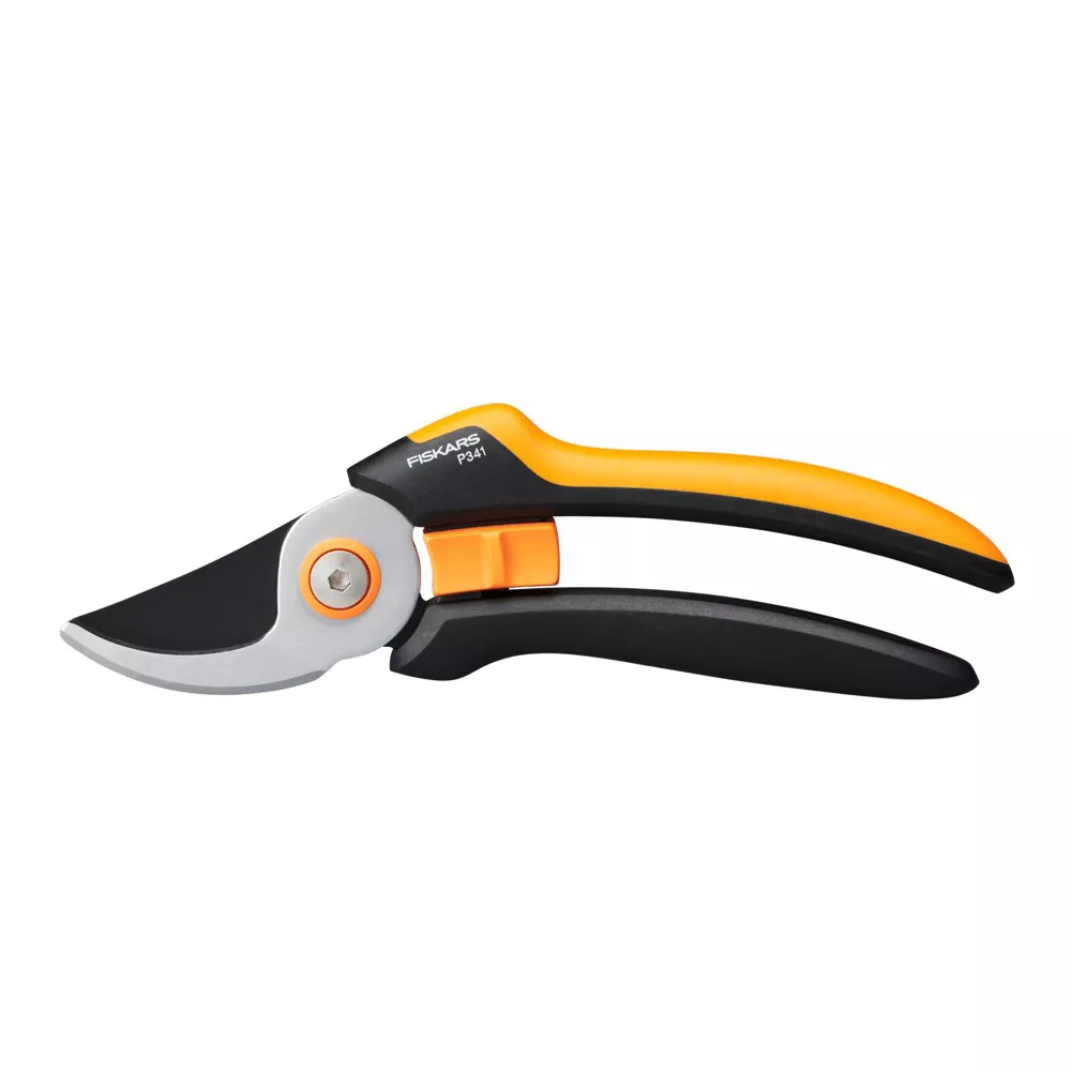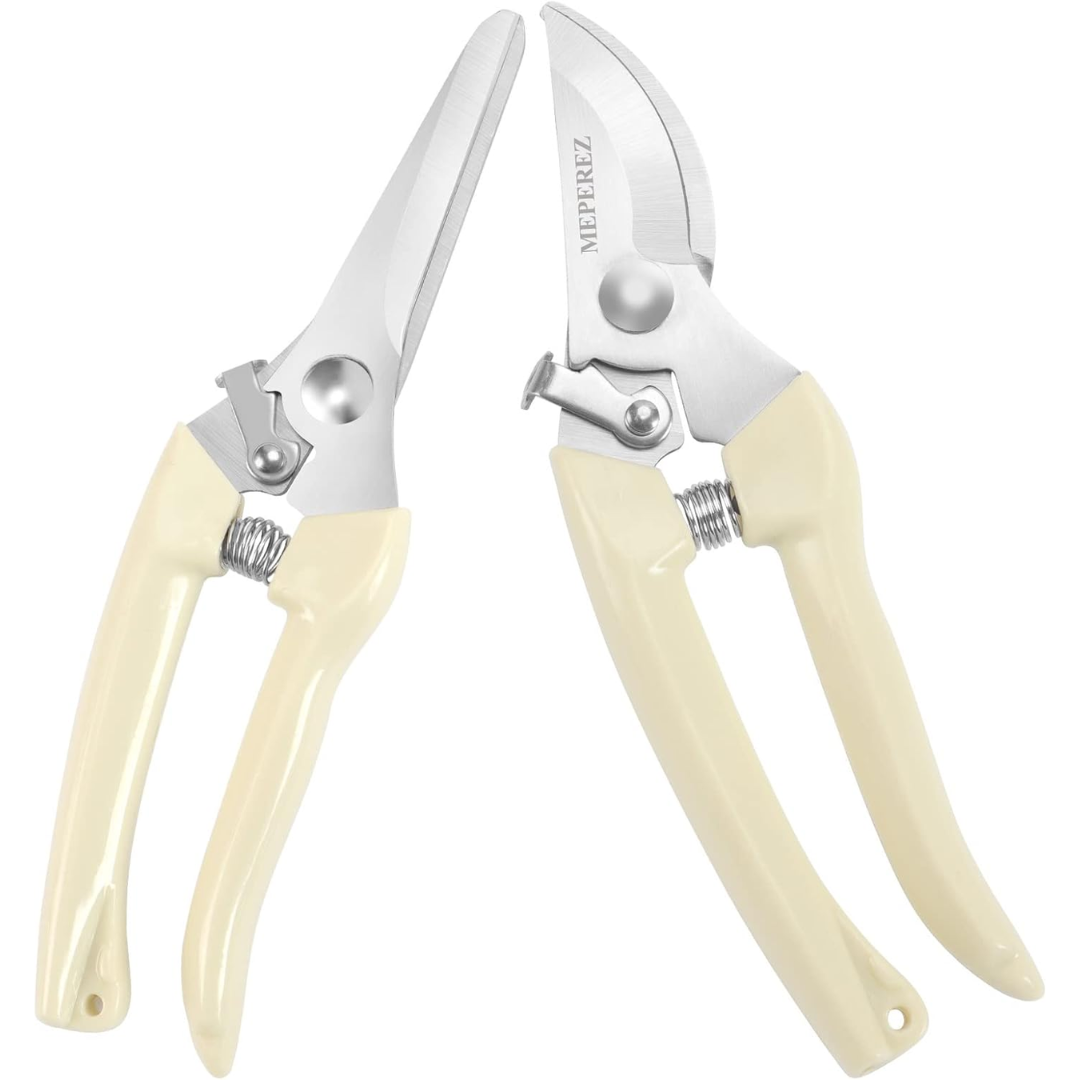When to Cut Back Amaryllis Leaves — A Plant Expert Says If You Notice Yellowing, It Might Be Time
Keep an eye out for your plant's health and ensure you know what it needs, when it needs it, by following this professional advice
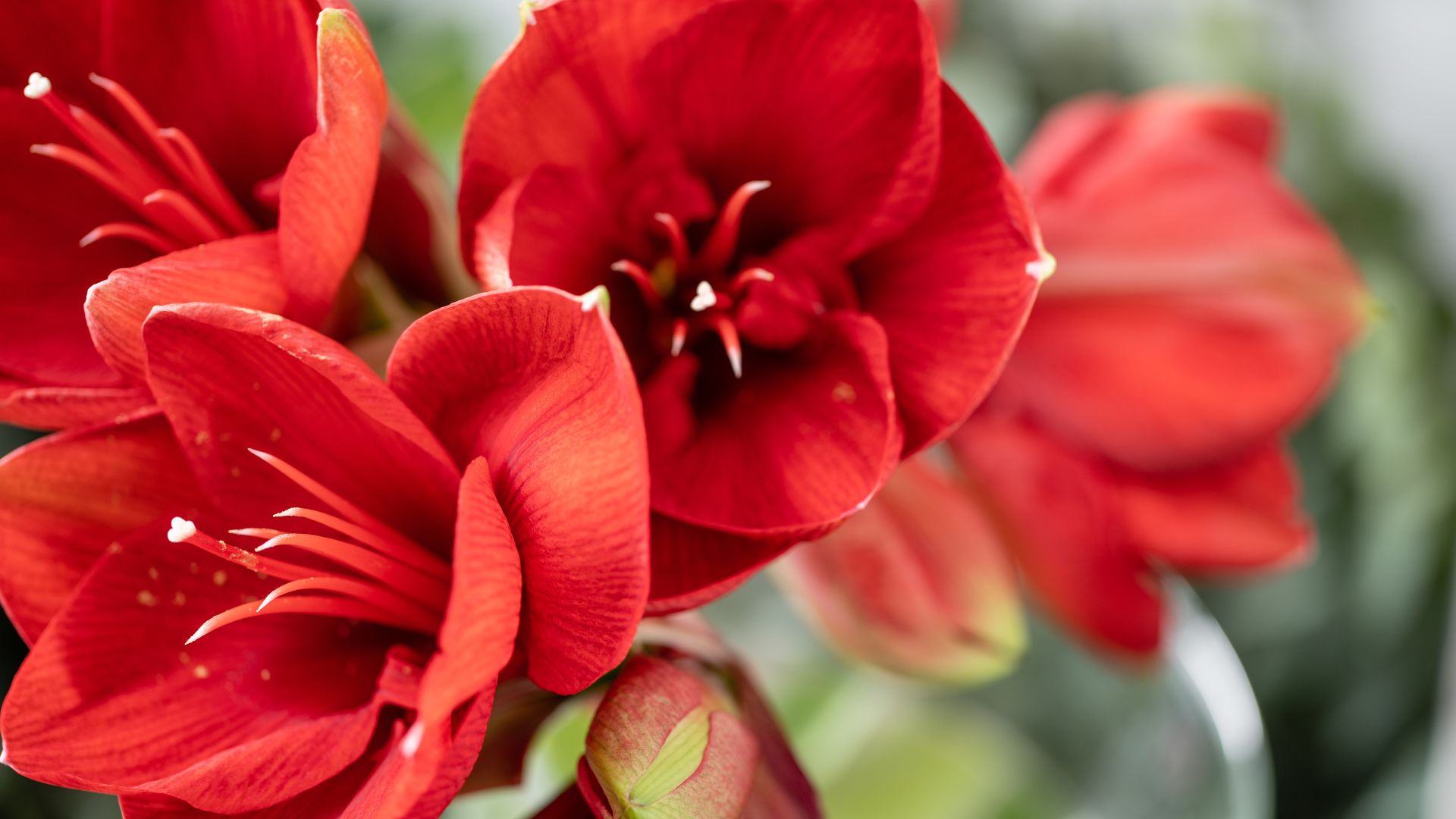

Understanding when to cut back amaryllis leaves is the key to your plant's growth and development. Festive and bright, these adoring blooms know how to make a statement during the holidays and beyond.
The fundamentals of learning to grow amaryllis is knowing what needs to be done and when, and that includes cutting it back. But when should you cut back amaryllis leaves? Well, here's an easy win: if you notice your amaryllis turning yellow, it might just be time.
Here's what you need to know about cutting back amaryllis leaves and why timing matters.
When to Cut Back Amaryllis Leaves
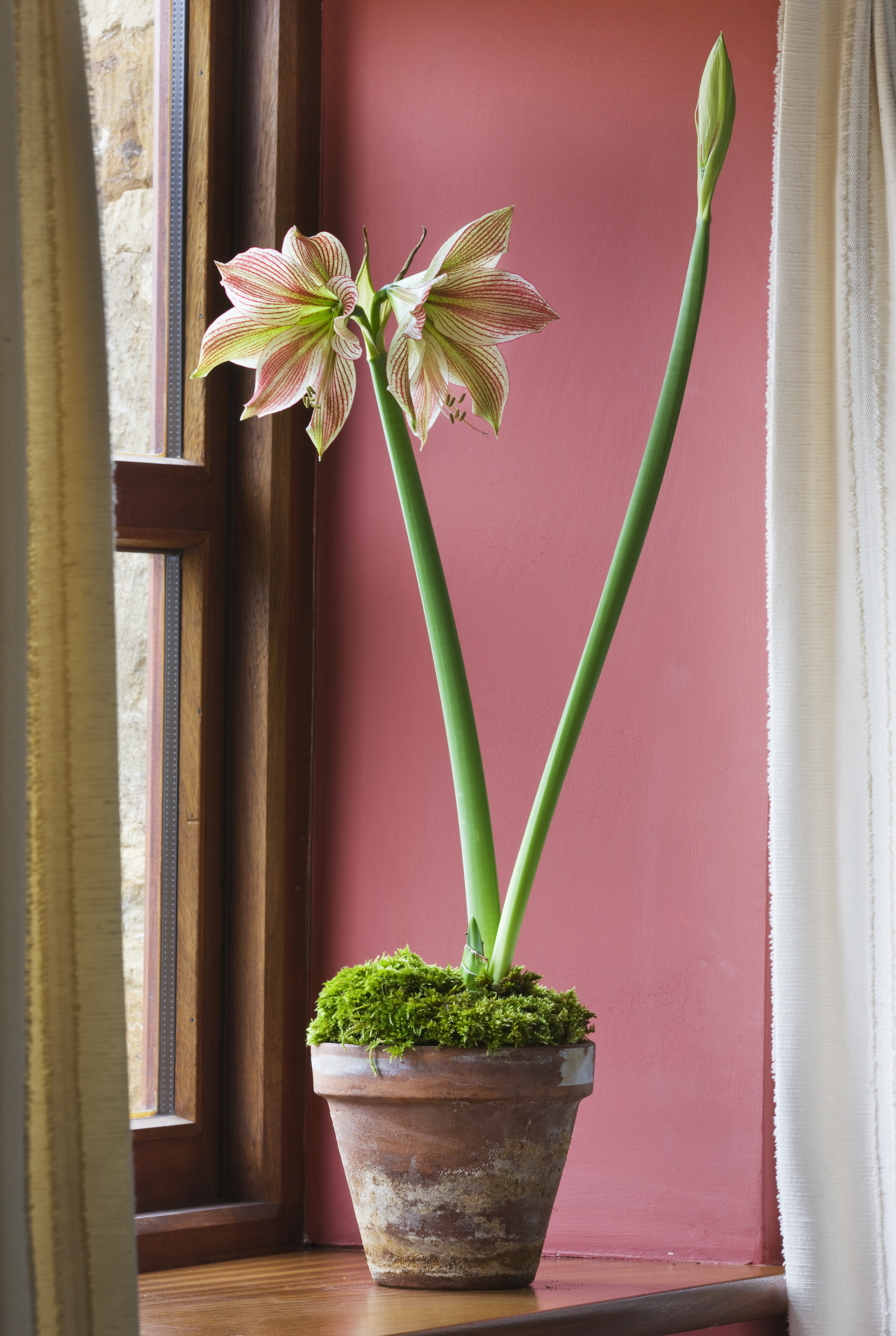
Wondering what to do with amaryllis after it blooms? Once your ravishing flower has grown, it can often find itself wilting away if it has not been taken care of properly. A sure sign of your amaryllis needing a trim would be yellowing or even brown leaves. But before you cut back on your beloved plant, it's important to understand its growth cycle — which includes the flowering phase, the leaf growth phase, and lastly, its dormancy phase.
In order for your plant to grow and develop beautifully, cutting it back at the right time is the key to its success. The best time to cut back amaryllis leaves is when they are in their post-bloom phase. When you notice your plant's leaves turning yellow, this is a sign your plant has entered dormancy and should be cut back. Plant and Gardening expert Tony O'Neill seems to agree, and he says: "Amaryllis leaves should be cut back after they have turned yellow and begun to die back naturally. This usually occurs in the late summer or early fall, after the plant has finished its growth cycle."
Why should you wait until the leaves turn brown or yellow? If you cut your amaryllis bulbs too early (during the flowering or leaf growth phase), you can damage your plant and prevent it from blooming again. So be patient and tend to your plant's needs correctly.

I'm Tony O'Neill, a gardening expert and best-selling author. I am an educator with a thriving YouTube channel that has 442,000 subscribers and receives over 1.4 million monthly views. Through my award-winning website, Simplify Gardening, I share my passion for gardening and sustainability. I've authored books including "Simplify Vegetable Gardening," "Composting Masterclass," and "Your First Vegetable Garden," empowering individuals to cultivate their own green spaces.
How to Cut Back Amaryllis Leaves?
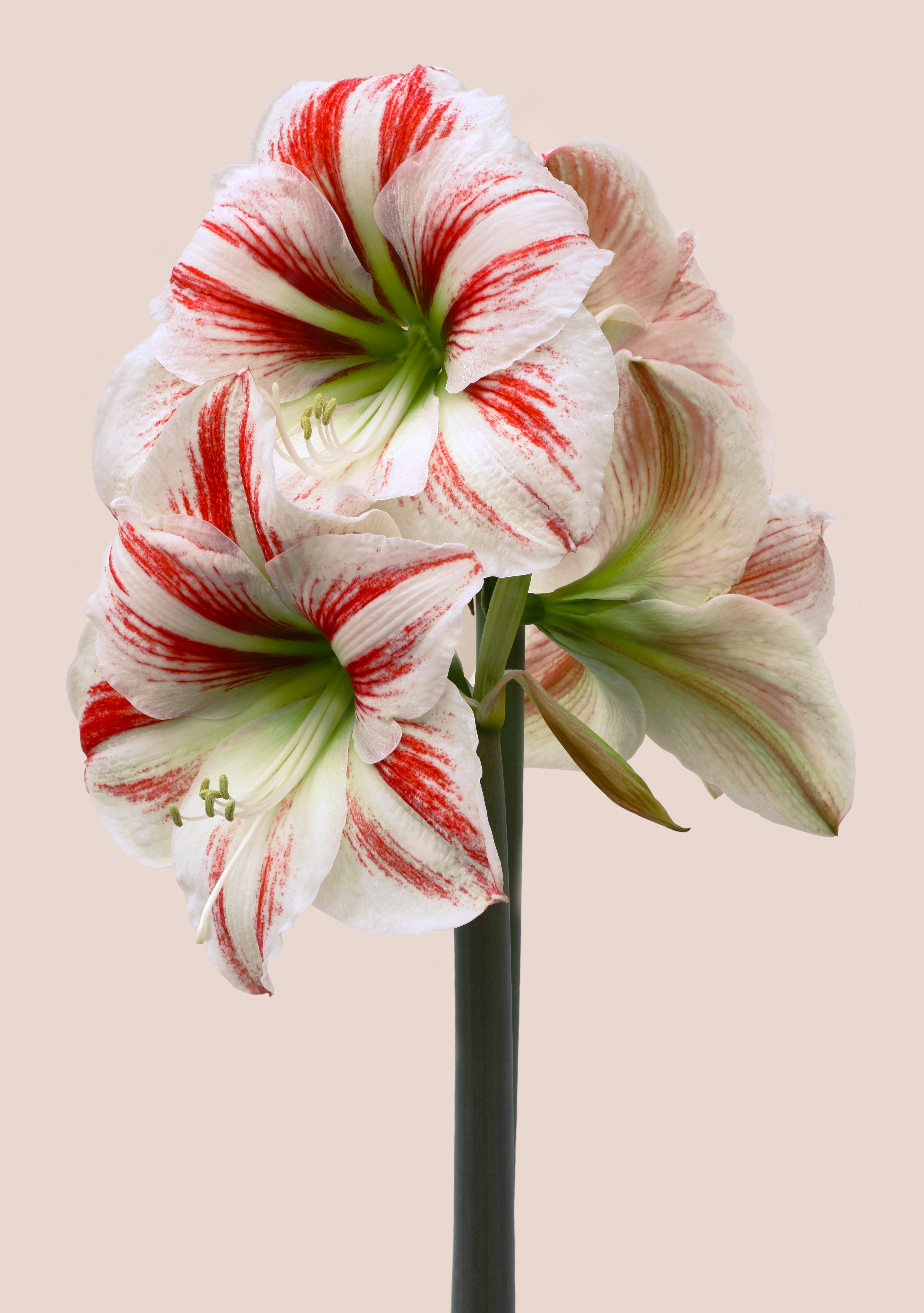
Once you're done storing your amaryllis bulbs, it's time to grab those pruning tools and get to work.
"Prune amaryllis leaves once they start to yellow and wither," explains Tony. "Use clean, sharp scissors or pruning shears, cutting the leaves back to within an inch of the bulb."
The expert says you should avoid cutting green, healthy leaves as this can diminish the bulb's energy reserves. Ensure you wait for natural yellow or browning before you begin the cutting-back process.
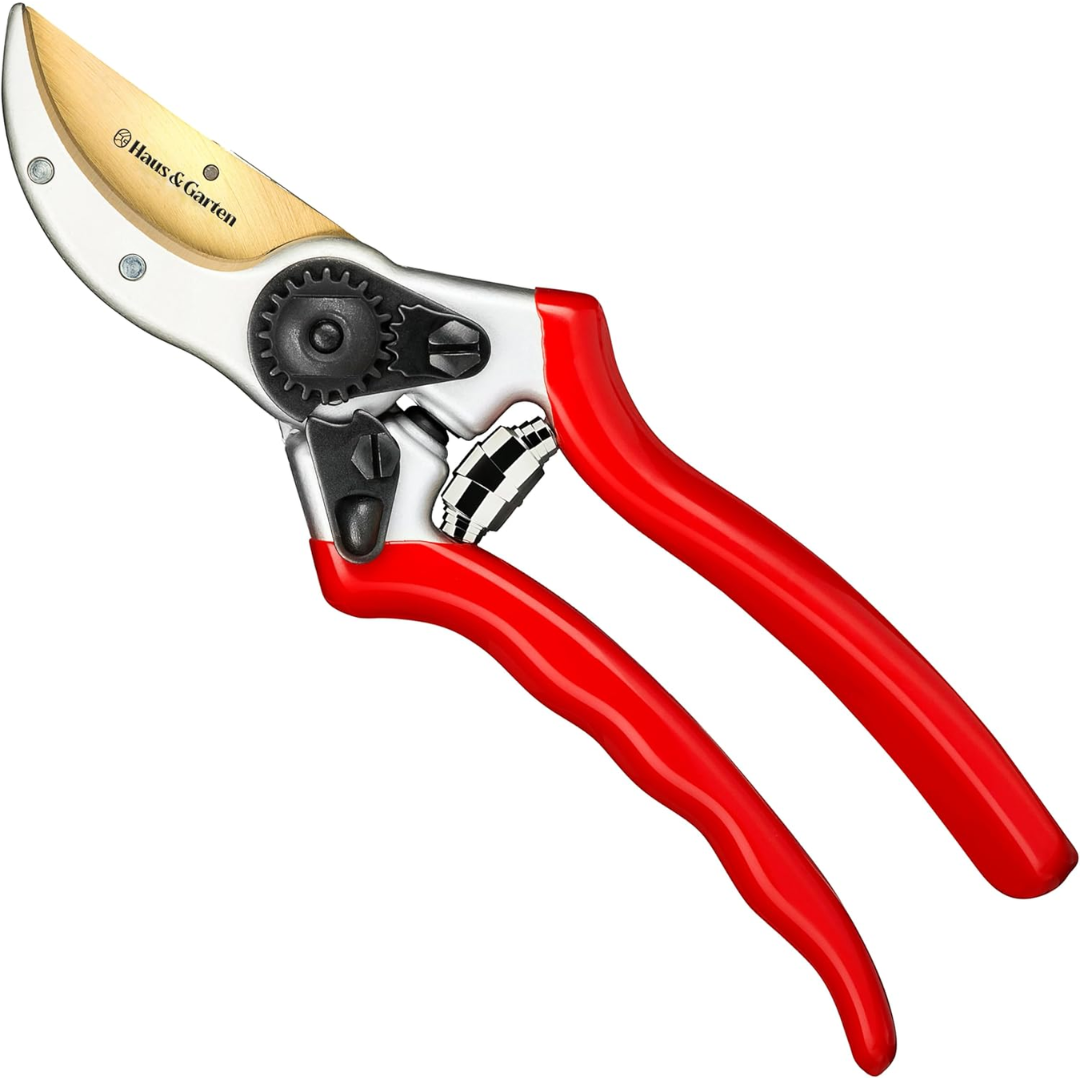
Price: $29.95
Was: $49.95
Available in three different styles, this sharp, clean, and sturdy bypass pruner will allow you to get precise cuts when you're cutting back your beloved blooms indoors and outdoors.
Should I Cut the Long Leaves Off My Amaryllis?

According to expert gardener Tony, "It's best to allow the leaves to remain as long as they are green and healthy because they are gathering sunlight and producing energy, which is stored in the bulb for the next flowering cycle."
He says you should only ever cut back when your plant starts to yellow. And if you're wondering how long amaryllis blooms last, it can be between seven to 10 days, depending on its care routine.
What to do If My Amaryllis Leaves Are Too Long?
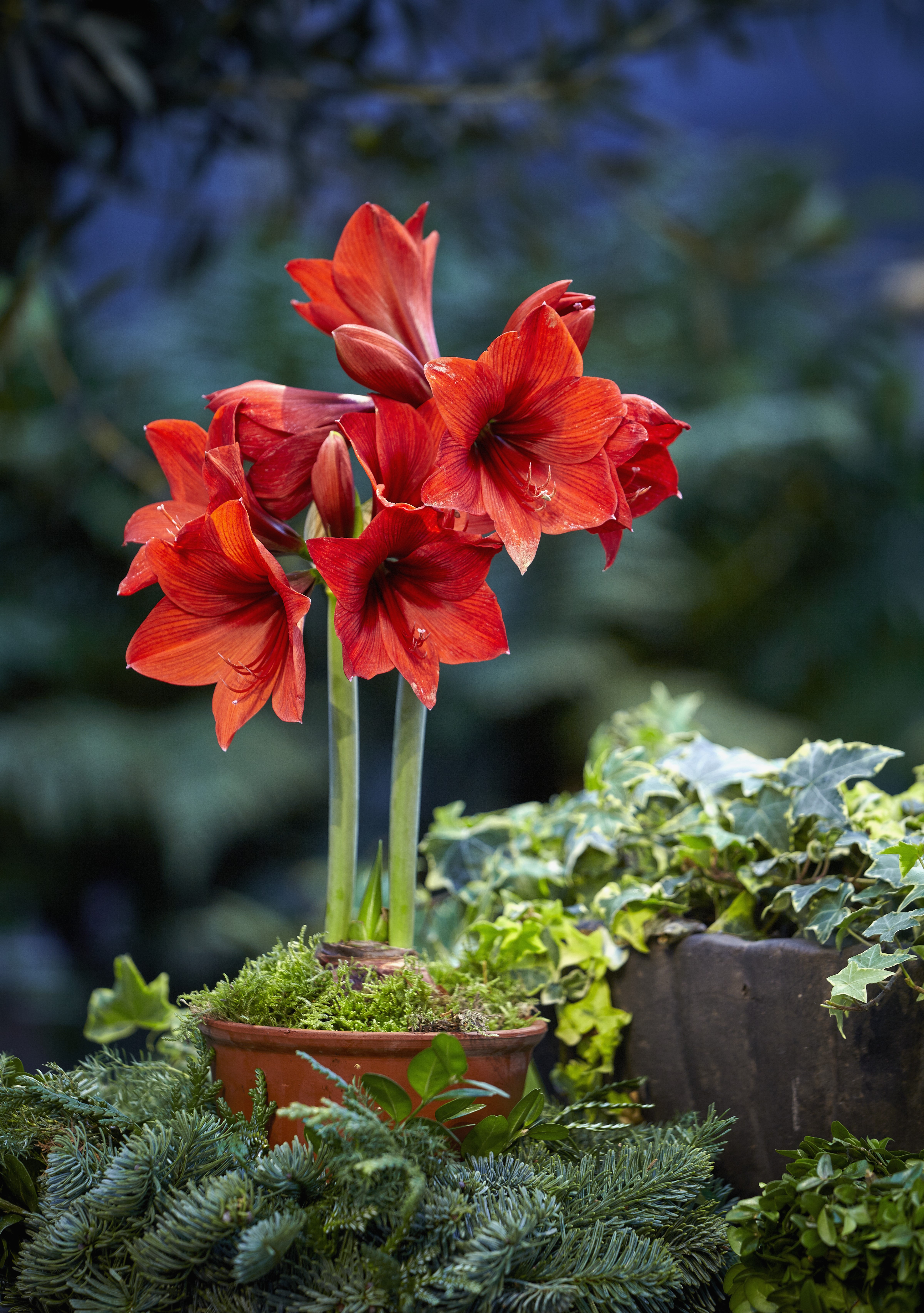
Have you noticed your winter indoor plants leaves growing quite long? Tony says "If the leaves are excessively long but still green, you can stake them to keep them from bending or breaking." This 4.5mm Adjustable Length Plant Stake from Amazon should do the trick. We also like these Bocaoying 30 Pcs Plant Support Stakes from Walmart — priced at just $15.99.
Tony says using plant stakes "helps to avoid any physical damage while still allowing the plant to photosynthesize effectively."
FAQs
What to do when amaryllis leaves fall over?
"You can stake them to provide support," explains Tony. However, he says, "If they have begun to yellow, it indicates the natural end of their lifecycle, and you can prune them as described above."
What about drooping leaves? If you notice drooping leaves, it's a clear indication of environmental problems. It may need frequent watering to bring it back to life or may be dealing with overwatering, which in turn leads to root rot. You can get a better idea of your plant's watering needs by checking the top inch of the soil. You can also opt for using a soil moisture meter (like this 4-in-1 Soil Moisture Meter Digital Plant Temperature/Soil Moisture from Amazon) to ensure your plant is doing okay.
Other causes of drooping may be stress, dormancy, light, and even fertilizer.
Be The First To Know
The Livingetc newsletters are your inside source for what’s shaping interiors now - and what’s next. Discover trend forecasts, smart style ideas, and curated shopping inspiration that brings design to life. Subscribe today and stay ahead of the curve.

Faiza is the Renovation Editor at Livingetc. Faiza is currently renovating her small kitchen in her dainty apartment in London. Faiza previously worked for The Independent as a News Feature Writer, where she crafted lifestyle, entertainment, and news stories. She also worked as an Audience Editor for the newspaper for almost two years. Thriving in the busy newsroom, Faiza also spent her time crafting stories for Sky News as an SEO reporter, where she produced stories based on trending topics. Lifestyle and interior design is a space she has been interested in for quite some time, and as she blossoms in this field, she will continue to further her skills in design and gardening. Faiza has a background in SEO, social media, and reporting. Her passion for writing goes beyond her workm as she loves all things poetry and creative writing.
-
 The Weighted Blanket That Doesn’t Make You Sweat (and the Eye Mask to Match)
The Weighted Blanket That Doesn’t Make You Sweat (and the Eye Mask to Match)Luxury has weight. And apparently, volcanic minerals
By Julia Demer
-
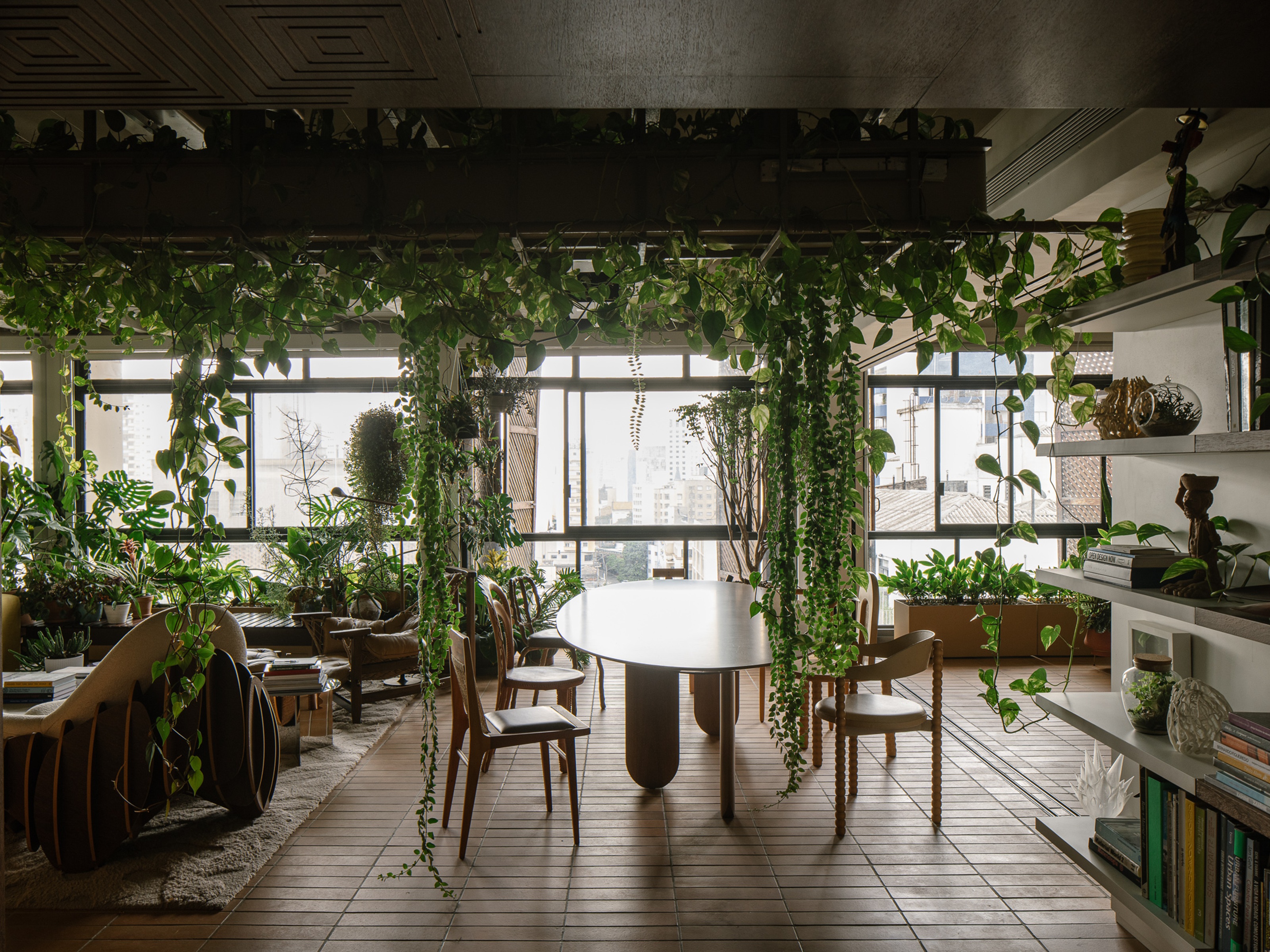 What Is Biophilic Interior Design? I'm an Actual Biophilic Designer, and This Is How to Apply It to Your Home
What Is Biophilic Interior Design? I'm an Actual Biophilic Designer, and This Is How to Apply It to Your HomeA biophilic designer explains the core principles of this practice, and the easy ways you can apply it to your home's design
By Marianna Popejoy
-
 These Are the Dos and Don'ts of Bamboo Plant Placement — Follow This to Avoid Bad Feng Shui
These Are the Dos and Don'ts of Bamboo Plant Placement — Follow This to Avoid Bad Feng ShuiBy following the experts' guidance on where to place this houseplant you can usher luck, wealth, and prosperity into your home
By Lilith Hudson
-
 Is It Okay to Have a Mirror Facing a Door in Feng Shui? The Verdict Is In and It Just Might Surprise You
Is It Okay to Have a Mirror Facing a Door in Feng Shui? The Verdict Is In and It Just Might Surprise YouDecorating your home with mirrors calls for intention if you're dressing your space in accordance with Feng Shui. Here's what you should know.
By Amiya Baratan
-
 4 Things to Unpack as Soon as You Move House — For a Comfortable and Organized Fresh Start
4 Things to Unpack as Soon as You Move House — For a Comfortable and Organized Fresh StartIf you have a major move in the works and you're looking to prepare in advance, this is the starter kit you need to properly set up your new home.
By Amiya Baratan
-
 10 Decluttering Challenges to Have on Your Radar This Year — For a Tidier, More Mindful Home
10 Decluttering Challenges to Have on Your Radar This Year — For a Tidier, More Mindful HomeIf you're interested in transforming your home for the better, here are 10 decluttering challenges I recommend for a professionally tidy space.
By Amiya Baratan
-
 Biophilic Decluttering — What to Take Out of Your Home (and What to Put in) for a More Natural Home
Biophilic Decluttering — What to Take Out of Your Home (and What to Put in) for a More Natural HomeTry your hand at biophilic decluttering to ground your interiors, connect to the environment, and cure chronic clutter in one go. Here's how.
By Amiya Baratan
-
 The 10 Different Types of Kitchen Taps — And the Pros and Cons of Each One to Know Before You Pick
The 10 Different Types of Kitchen Taps — And the Pros and Cons of Each One to Know Before You PickFrom sleek pull-outs to vintage bridge taps, explore 10 kitchen tap styles that mix function, flair, and a splash of cool
By Linda Clayton
-
 How Much Does an Extension Cost in 2025? Renovation and Design Experts Break Down Your Budget
How Much Does an Extension Cost in 2025? Renovation and Design Experts Break Down Your BudgetExplore how much different types of extensions cost in 2025 to budget for your project accurately
By Amy Reeves
-
 9 Bathroom Storage Mistakes You're Probably Making That Make Using This Space Much Harder — And What to Do Instead
9 Bathroom Storage Mistakes You're Probably Making That Make Using This Space Much Harder — And What to Do InsteadDiscover which mistakes are to blame for your overcrowded and cluttered bathroom
By Seraphina Kyprios
